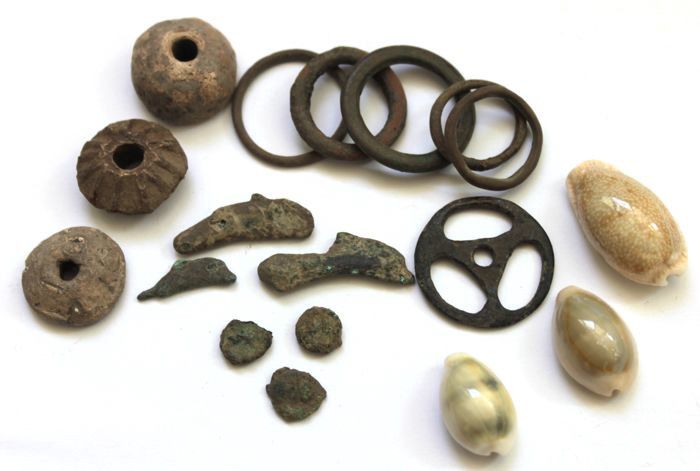This is PART 5 of my series, where I examine Bitcoin through the lens of Austrian economics. In his part, I explore the paradox between Mises’s regression theorem and proto-money.
—
Before Mises applied the subjective theory of value to money, Austrian economists experienced circularity in their attempts to explain the value of money: money is valuable because you can exchange goods with it, and you can exchange goods with it because it is valuable.
Mises built upon the Mengerian theory of the most salable good and introduced his regression theorem. The theorem explains that the value of money can be explained by its future purchasing power, and individuals can speculate on its purchasing power because they observed its purchasing power yesterday.
The regression theorem explains how a good can gain original demand as a medium of exchange. According to the theorem, a good must have a prior value-generating direct use before amassing medium-of-exchange demand. In short, the theorem states that monetary goods’ purchasing power regresses to direct-use demand.
The regression stops until the day when the good was valued for direct consumption, i.e., for its own sake. Guido Hülsmann explains that the prices initially paid for a good’s non-monetary uses make it possible for buyers to estimate future prices at which these goods can be sold. It would be extremely risky to buy a good for indirect exchange without ever knowing its
past prices, and thus a medium of exchange cannot emerge when this knowledge is lacking.
It is important to note that media of exchange do not become money because of their direct utility (consumption) but rather because of their salability (liquidity). Many goods served as money until they were demonetized because new, more salable, and less costly (to transact) money emerged.
Ancient proto money
History shows us that some seemingly useless objects were used for monetary functions the same way as consumption goods with direct utility. These objects usually possess characteristics that include scarcity, divisibility, and durability. Some common characteristics of these objects were their prettiness, durability, rarity, and portability. Szabo points out that their security feature was that they were often worn and harder for a thief to steal. These items could be carried and buried, and they lasted generational wealth transfers. These goods seemed to lack any consumption use and were desired for ornamental reasons.
While it cannot be considered money per se, they had some of the same monetary functions that media of exchange has: a long-term exchange between generations and sometimes trading between not-so-friendly tribes. These proto monies then gained more adoption, and their usage as mostly long-term media of exchange developed further. Menger himself wondered what the nature of these small disks with no observable use was, which were exchanged between individuals for consumption goods.
The paradox
There seems to be an inherent paradox between the above interpretation of the regression theorem and observed history. Good cannot emerge as money without being valued for direct use before. It leaves us with three options, either:
- Mises's theorem is wrong
- Mises’ theorem is interpreted wrong
- The history of proto-money is inaccurate
In PART 6, I will examine how the emergence of free-market money Bitcoin fits into the regression theorem.





Related Posts
Czy dystrybucja Bitcoina jest sprawiedliwa?
May 02, 2024
Che cos'è l'Economia Austriaca?
Nov 24, 2023
Cos'è l'economia austriaca?
Nov 21, 2023